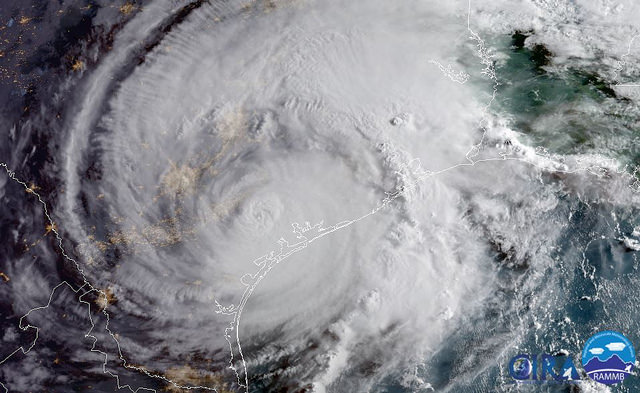Widespread flooding. Downed power lines. Broken poles. Failed transformers and breakers. Leaking pipes. Shut down refineries.
The toll that a catastrophic storm takes on the energy value chain is significant. A functioning power grid, clean water and reliable fuel sources are critical for public safety and economic recovery.

Even with the best weather predictions, energy companies can’t completely prevent infrastructure damage. But they can use analytics to minimize recovery time through optimal preparation and effective post-storm operations.
The benefit to energy companies and their customers is huge, even if a single day is shaved off the total outage duration. Duke Energy cites storm-related system-wide outages cost $4.5 million (USD) daily, on average.
Following are categories of analytics that can be applied to storm operations, and the questions they can help an energy or utility company answer:
Data insights – gather, query and drill down into large amounts of data from multiple sources:
- What assets are in the storm’s path?
- How many crews and service trucks are available, and where are they located?
- How many high-priority medical customers are within the path?
Scenario analysis – what-if capabilities that quantify uncertainty of various models:
- How many customers could be affected at various failure scenarios?
- Which assets affected by the storm are most likely to fail?
- What is the inferred status of an asset, based on data from connected devices (line sensors, asset sensors, meters, the IoT, etc)?
- What material should be pre-staged and where should it be located to help minimize the duration of customer interruptions?
Forecasting – predictions based on historical and current data:
- What is the expected demand for every hour during recovery?
- Can I provide customers with an accurate estimated restoration time? What channels should I use to communicate restoration progress to them?
- What is my forecasted production capacity, given damage to generation resources (or oilfield assets)?
Optimization – using mathematics to determine the best course of action, given constraints:
- Can I dynamically schedule crews to restore the greatest number of customers most efficiently while minimizing the total duration of customer interruptions?
- How can I inform the most people of future risks using the best available communication option?
These capabilities can be enabled by a predictive analytics platform for analysts within the operations control center. It must be fast, cloud-ready and easy to use. Fortunately, the SAS Platform spans this entire continuum – from insight to optimization – all in the same user interface.
Those who specialize in weather models anticipate future storms will be no less catastrophic than previous events. Energy companies need to provide the analytic capabilities to operations teams so public safety and recovery targets can be achieved, restoring quality of life as quickly as possible.
Read more about analytics solutions for energy utilities and find out how you can help Harvey recovery efforts.

